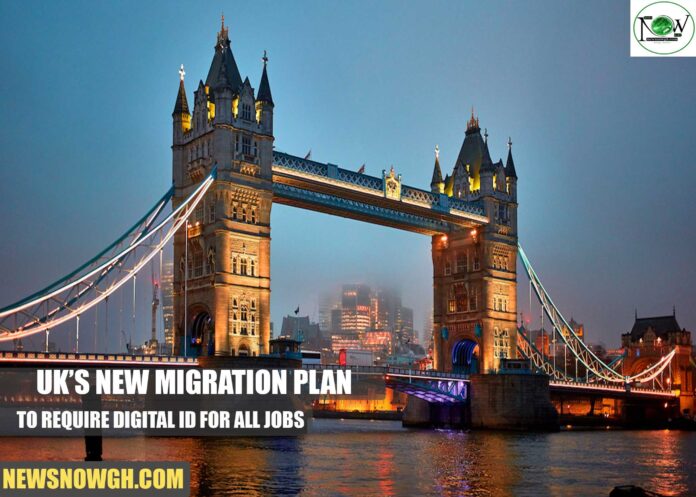UK’s New Migration Plan to Require Digital ID for All Employment
The UK government is set to implement a mandatory digital ID system for employment. This initiative will apply to all citizens, residents, and foreign workers. Officials claim it will help reduce illegal migration, yet critics warn it reignites long-standing identity issues.
This announcement marks a significant shift in identity verification for the UK since World War II. Prime Minister Keir Starmer confirmed this at the Global Progress Action Summit in London, emphasizing its importance for border control.
Overview: Digital ID
A digital ID is an official electronic identity issued by the government. It verifies a person’s legal right to live and work in the UK. Unlike traditional ID cards, this system eliminates the need for physical documents. Instead, it offers a secure, centralized identity check accessible by employers and public service providers.
The government assures that the system will function without smartphones and will be free of charge.
Who Will Need It?
The digital ID will be mandatory for:
- British Citizens: Required for anyone applying for jobs in the UK.
- Permanent Residents: Must provide proof of their digital ID before employment.
- Foreign Workers: Already subject to visa checks, they will also need a digital ID linked to their work permits.
Prime Minister Starmer stressed, “If you don’t have it, you can’t work here.” The system is expected to launch before the next election, scheduled for 2029.
Why the UK Is Doing This
The government argues that the digital ID will:
- Prevent individuals without legal status from entering the underground job market.
- Reduce illegal migration by eliminating the allure of undocumented work.
- Streamline access to essential services like healthcare, childcare, and welfare for eligible individuals.
Starmer described this initiative as a long-overdue action. “For too many years, it’s been too easy for people to come here and slip into the shadow economy,” he stated.
Impact on Foreign Workers
For foreign nationals, particularly those on work permits, the digital ID introduces an additional layer to the employment process. The government claims it will simplify checks by consolidating records into one system.
Positive Aspects:
- Faster verification.
- Reduced paperwork.
- Fewer duplicate checks.
Concerns:
- Potential exclusions due to system glitches.
- Risks of profiling.
- Increased pressure on vulnerable undocumented workers.
- Employers in sectors heavily reliant on foreign workers, such as hospitality and healthcare, are eager for clarity on how this rollout will impact hiring.
The Bigger Picture
The digital ID is part of Labour’s broader immigration strategy, which aims to combat people-smuggling gangs and decrease small boat crossings in the English Channel. In 2024, over 37,000 individuals crossed, with more than 30,000 arriving this year.
Starmer framed the new system as a practical solution and a political response to rising far-right rhetoric. “We do need to know who is in our country,” he noted, emphasizing that fairness in immigration is crucial for restoring public trust.
What Happens Next
The government plans to conduct a public consultation before finalizing the details. The timeline suggests a national rollout before the 2029 election, marking the introduction of the UK’s first compulsory identity system in nearly 80 years.
Whether the digital ID serves as a smooth gateway to jobs and services or becomes a contentious issue in the immigration debate will depend on its implementation and public reception.
Follow NewsNowGh to stay updated on the latest information regarding work permits, visas, and visa-sponsored employment.


